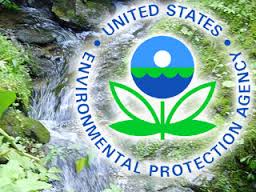
CALIFORNIA, Feb. 22, 2016 — The U.S. Environmental Protection Agency today released an online mapping tool that provides users with information about their watershed and water supplier, as well as information about any possible sources of pollution that could affect their communities’ water supply.
The Drinking Water Mapping Application to Protect Source Waters – DWMAPS – also provides users with ways they can get involved in protecting drinking water sources in their community.
“A key part of having safe drinking water is protecting the sources – the streams, rivers, and lakes where utilities withdraw water,” EPA Administrator Gina McCarthy said in a written statement. “DWMAPS is the latest example of how EPA is using technology and digital tools to better protect public health and the environment.
According to a press release from the EPA, utilities and state drinking water program managers can also use DWMAPS with their own state and local data. It allows them to identify potential sources of contamination in their locations, find data to support source water assessments and plans to manage potential sources of contamination, and evaluate accidental spills and releases. DWMAPS also integrates drinking water protection activities with other environmental programs at the federal, state, and local levels.
Specifically, DWMAPS allows users to:
The mapping system will not display the locations of public water system facility intakes, but it does contain a wide variety of data useful to the protection of drinking water sources. EPA developed DWMAPS in consultation with EPA regional drinking water programs, state drinking water regulators, and public water systems.
Visit www.epa.gov/sourcewaterprotection/dwmaps to access the mapping tool.